Growing your own lettuce can be incredibly rewarding, but sometimes, despite our best efforts, seedlings can become leggy. Leggy lettuce seedlings are those that have grown tall and spindly, often due to insufficient light or incorrect growing conditions. Don’t worry though, because with the right techniques, you can rescue your leggy lettuce seedlings and set them on the path to healthy growth. In this comprehensive guide, we’ll explore everything you need to know about identifying, preventing, and fixing leggy lettuce seedlings.
Understanding Leggy Lettuce Seedlings
Leggy lettuce seedlings typically exhibit certain characteristics that distinguish them from healthy seedlings. These include:
- Tall, Thin Stems: Leggy seedlings have elongated stems with few leaves.
- Weak Growth: The stems may appear weak and unable to support the weight of the plant.
- Pale Color: Due to stretching towards light sources, leggy seedlings may have pale or yellowish leaves.
- Lack of Leaf Density: Fewer leaves are present compared to healthy, compact seedlings.
Causes of Leggy Lettuce Seedlings
Several factors can contribute to the development of leggy lettuce seedlings:
- Insufficient Light: Perhaps the most common cause, seedlings that don’t receive enough light will stretch towards any available light source, resulting in leggy growth.
- Improper Temperature: Fluctuations or extremes in temperature can stress seedlings, affecting their growth.
- Overcrowding: When seedlings are too close together, they compete for light and nutrients, leading to leggy growth as they stretch upwards.
- Incorrect Watering: Inconsistent watering practices can also stress seedlings, affecting their overall health and growth.
Fixing Leggy Lettuce Seedlings
Now, let’s delve deeper into how you can fix leggy lettuce seedlings and ensure they thrive:
Adjusting Light Conditions
Proper lighting is crucial for preventing and correcting leggy lettuce seedlings. Here’s how to ensure your seedlings get the right amount of light:
- Natural Light: If growing indoors, place seedlings near a south-facing window where they can receive at least 12-16 hours of direct or indirect sunlight daily.
- Artificial Light: Consider using grow lights, positioned a few inches above the seedlings, to provide consistent light. Adjust the height of the lights as seedlings grow to maintain optimal distance.
Optimizing Temperature and Humidity
Maintaining stable environmental conditions can also help prevent leggy growth:
- Temperature: Keep the growing area consistently warm (around 65-75°F or 18-24°C) to promote healthy growth.
- Humidity: Ensure moderate humidity levels to prevent stress on seedlings. Use a humidity dome or mist seedlings lightly if necessary.
Proper Watering Techniques
Watering correctly is essential for healthy seedling development:
- Consistent Moisture: Keep the soil consistently moist but not waterlogged. Water from the bottom or use a spray bottle to avoid disturbing delicate seedlings.
- Avoid Overwatering: Excess water can lead to root rot and other issues, so monitor soil moisture regularly.
Thinning and Transplanting
If seedlings are overcrowded, thin them out to reduce competition:
- Thinning: Gently remove excess seedlings, leaving the strongest ones to grow. Use scissors or tweezers to avoid damaging nearby roots.
- Transplanting: Once seedlings have developed their first true leaves and are sturdy enough, transplant them into larger containers or spacing them appropriately in the garden.
Fertilizing
Provide nutrients to support healthy growth:
- Organic Fertilizer: Use a balanced organic fertilizer diluted to half strength once seedlings have established themselves.
- Compost Tea: Alternatively, use compost tea to provide a gentle nutrient boost.
Continued Care and Monitoring
Monitor your seedlings regularly and adjust care practices as needed:
- Pest Control: Check for pests regularly and address any issues promptly to prevent further stress to seedlings.
- Support: Stake taller seedlings if necessary to prevent bending or breaking.
Fixing leggy lettuce seedlings requires attention to detail and consistent care. By providing adequate light, optimizing growing conditions, and practicing proper care techniques, you can rescue your leggy seedlings and encourage healthy growth. Remember, prevention is key, so start with good seed starting practices to minimize the risk of leggy growth in the future.
Providing Adequate Air Circulation
Proper air circulation is crucial for preventing fungal diseases and ensuring healthy growth:
- Fan: Use a gentle fan to provide air movement around seedlings. This helps strengthen stems and prevents damping off, a common fungal issue that can affect seedlings.
Adjusting Nutrient Levels
Maintaining proper nutrient levels is essential for healthy seedling development:
- Soil Testing: Conduct a soil test to determine nutrient levels. Adjust soil pH and nutrient content as needed to ensure optimal growing conditions for lettuce seedlings.
Applying Mulch
Mulching can help maintain soil moisture and temperature, benefiting seedling growth:
- Organic Mulch: Apply a layer of organic mulch, such as shredded leaves or straw, around seedlings. This helps retain moisture, suppresses weeds, and moderates soil temperature.
Monitoring Growth and Development
Regular monitoring allows you to identify issues early and take corrective action:
- Height Control: If seedlings continue to stretch despite optimal growing conditions, consider pruning or pinching back the top growth to encourage bushier growth.
- Leaf Color and Texture: Monitor leaf color and texture. Adjust nutrient levels or light exposure if leaves appear pale or discolored.
Gradual Harden Off
Before transplanting seedlings outdoors, gradually expose them to outdoor conditions to prevent shock:
- Harden Off Process: Place seedlings outdoors for increasingly longer periods each day, starting with a few hours in a sheltered spot and gradually increasing exposure to direct sunlight and outdoor conditions over a period of 7-10 days.
Choosing the Right Varieties
Selecting suitable lettuce varieties can also contribute to successful seedling growth:
- Variety Selection: Choose lettuce varieties that are known for their resilience and suitability to your growing conditions (e.g., heat-tolerant varieties for warmer climates).
Companion Planting
Consider companion planting to enhance growth and deter pests:
- Companion Plants: Plant lettuce alongside compatible companion plants, such as herbs like basil or flowers like marigolds, which can attract beneficial insects and repel pests.
Seasonal Adjustments
Adjust growing practices based on seasonal changes to optimize lettuce growth:
- Seasonal Timing: Start lettuce seedlings indoors early in spring or grow them in cooler months to avoid excessive heat, which can stress seedlings and contribute to leggy growth.
Learning from Experience
Each growing season provides opportunities to refine your techniques:
- Keep Records: Maintain a gardening journal to record successes, challenges, and observations. Use this information to adjust practices in future seasons for even better results.
By following these comprehensive steps and strategies, you can effectively fix leggy lettuce seedlings and promote healthy growth. Remember, patience and consistent care are key to nurturing robust lettuce plants from seedlings to harvest. Whether you’re a beginner or experienced gardener, these tips will help you troubleshoot and overcome common challenges in growing lettuce from seed.
Pest and Disease Management
Proactively managing pests and diseases is crucial for maintaining the health of lettuce seedlings:
- Integrated Pest Management (IPM): Implement IPM strategies such as handpicking pests, using insecticidal soap or neem oil for control, and practicing crop rotation to reduce pest pressure.
- Disease Prevention: Ensure good air circulation, avoid overhead watering, and practice proper sanitation to minimize the risk of diseases like damping off and fungal infections.
Succession Planting
Plan for continuous harvests by staggering planting times:
- Succession Planting: Plant lettuce seeds at regular intervals (e.g., every 2-3 weeks) to ensure a continuous supply of fresh lettuce throughout the growing season. This also reduces the likelihood of overcrowding and leggy growth.
Vertical Gardening Techniques
Maximize space and light exposure with vertical gardening methods:
- Vertical Structures: Consider using trellises, vertical planters, or hanging baskets to grow lettuce vertically. This not only saves space but also allows better light distribution, reducing the risk of leggy growth.
Adjusting pH and Soil Amendments
Maintain optimal soil conditions for lettuce growth:
- Soil pH: Check and adjust soil pH to the ideal range for lettuce (around 6.0-6.8) using amendments like lime or sulfur.
- Organic Matter: Incorporate compost or well-aged manure into the soil to improve nutrient retention and soil structure, promoting healthier root development.
Mulching and Weed Control
Mulching serves multiple purposes beyond moisture retention:
- Weed Suppression: Apply mulch to suppress weeds, which compete with lettuce seedlings for nutrients and light. Weed regularly to prevent them from overshadowing or stunting seedling growth.
Seasonal Protection
Protect lettuce seedlings from extreme weather conditions:
- Frost Protection: Use row covers or cloches to protect seedlings from late spring frosts or early fall cold snaps, ensuring they continue to grow steadily without setback.
Harvesting and Pruning Techniques
Promote healthier growth through proper harvesting and pruning practices:
- Leaf Harvesting: Harvest outer leaves of mature lettuce plants rather than pulling up the entire plant. This encourages continuous leaf production and reduces stress on the plant.
- Pruning: Regularly prune leggy or overcrowded seedlings to redirect growth energy and promote bushier, more compact growth.
Utilizing Organic Pest Deterrents
Opt for natural methods to keep pests at bay:
- Beneficial Insects: Attract beneficial insects like ladybugs and lacewings by planting flowers such as daisies or yarrow nearby.
- Companion Planting: Pair lettuce with plants like onions or garlic to naturally deter pests.
Supplemental Nutrient Application
Ensure proper nutrient levels for robust growth:
- Liquid Fertilizers: Use diluted fish emulsion or seaweed extract to provide additional nutrients during periods of rapid growth.
- Compost Tea: Apply compost tea as a foliar spray or soil drench to boost nutrient uptake and overall plant health.
By following these advanced strategies and techniques, you can effectively address and prevent leggy growth in lettuce seedlings while promoting their health and vitality throughout the growing season. Each step builds upon fundamental gardening principles, ensuring that your efforts result in a bountiful harvest of crisp, delicious lettuce.
Container Gardening Tips
Optimizing growing conditions in containers can benefit lettuce seedlings:
- Container Size: Choose containers with adequate depth and drainage holes to prevent waterlogging and promote healthy root development.
- Potting Mix: Use a well-draining potting mix enriched with compost or perlite to ensure proper aeration and nutrient availability.
- Placement: Position containers in locations that receive adequate sunlight or use supplemental grow lights for indoor gardening.
Watering Techniques for Containers
Maintain proper moisture levels in container-grown lettuce seedlings:
- Watering Schedule: Check soil moisture regularly and water when the top inch of soil feels dry to the touch. Avoid overwatering, which can lead to root rot, or underwatering, which can stress seedlings.
- Bottom Watering: Place containers in a tray of water and allow the soil to soak up moisture from the bottom to prevent disturbing delicate seedlings.
Utilizing Season Extenders
Extend the growing season with protective covers and structures:
- Cold Frames: Use cold frames or mini greenhouses to provide warmth and protection to lettuce seedlings during cooler months, promoting steady growth and minimizing legginess.
- Row Covers: Install row covers made of lightweight fabric to shield seedlings from harsh weather conditions while allowing sunlight and air circulation.
Organic Soil Amendments
Enhance soil fertility and structure with organic amendments:
- Cover Crops: Plant nitrogen-fixing cover crops like clover or vetch during the off-season to improve soil health and nutrient availability for subsequent lettuce plantings.
- Mulching with Organic Matter: Apply organic mulches such as shredded leaves or grass clippings to enrich the soil, suppress weeds, and retain moisture.
Monitoring Environmental Factors
Stay vigilant against environmental stressors that can impact lettuce seedlings:
- Temperature Fluctuations: Protect seedlings from sudden temperature fluctuations by providing shade during hot afternoons or using frost protection measures during chilly nights.
- Wind Protection: Shield delicate seedlings from strong winds that can cause physical damage or dehydration, particularly in exposed garden settings.
Companion Planting Strategies
Enhance the health and resilience of lettuce seedlings through strategic companion planting:
- Herbs as Companions: Plant aromatic herbs like cilantro or dill alongside lettuce to repel pests such as aphids or whiteflies while attracting beneficial insects like pollinators.
- Flowers for Pest Control: Interplant marigolds or nasturtiums to deter pests and enhance biodiversity in the garden, promoting a balanced ecosystem conducive to healthy plant growth.
Integrated Soil Management
Implement holistic soil management practices for sustainable lettuce cultivation:
- Crop Rotation: Rotate lettuce with unrelated crops annually to minimize disease buildup and nutrient depletion in the soil, supporting vigorous seedling growth and overall plant health.
- Compost Application: Amend soil with well-aged compost or compost tea to replenish nutrients and improve soil structure, fostering optimal conditions for robust seedling development.
Continued Learning and Adaptation
Embrace a mindset of continual learning and adaptation to refine your gardening practices:
- Garden Journaling: Maintain a garden journal to track planting dates, growth patterns, and successful techniques for fixing leggy lettuce seedlings, facilitating informed decision-making in future growing seasons.
- Community Engagement: Participate in local gardening clubs or online forums to exchange knowledge, troubleshoot challenges, and discover innovative approaches to cultivating healthy lettuce seedlings.
By incorporating these advanced strategies and techniques into your gardening repertoire, you can effectively address leggy growth in lettuce seedlings while promoting their vigor and resilience. Each step builds upon foundational principles of soil health, environmental stewardship, and plant care, empowering you to achieve consistently successful outcomes in growing crisp, flavorful lettuce from seed to harvest.
This comprehensive guide provides extensive insights and strategies for overcoming
leggy growth in lettuce seedlings, ensuring your gardening efforts yield a plentiful and healthy harvest. Should you have specific queries or seek further elucidation on any topic discussed, please feel free to request additional information!
Utilizing Organic Pest Control Methods
Maintain a healthy balance in your garden ecosystem with organic pest control:
- Beneficial Insects: Introduce beneficial insects such as ladybugs or predatory mites to naturally control pest populations that can stress lettuce seedlings.
- Trap Crops: Plant sacrificial crops like radishes or mustard greens nearby to attract pests away from lettuce, reducing the likelihood of infestation.
Seasonal Adjustments and Protection
Adapt gardening practices to seasonal changes for optimal lettuce seedling growth:
- Summer Shade: Provide afternoon shade for lettuce seedlings during hot summer months to prevent heat stress and reduce the risk of leggy growth.
- Winter Protection: Shield seedlings from frost and cold winds with floating row covers or cloches to maintain consistent growing conditions and promote steady growth.
Utilizing Microclimate Opportunities
Maximize microclimates to enhance lettuce seedling health and growth:
- South-Facing Walls: Utilize south-facing walls or structures to create warmer microclimates that extend the growing season and provide ideal conditions for seedling establishment.
- Raised Beds: Opt for raised beds to improve soil drainage, heat absorption, and root aeration, fostering vigorous growth and reducing susceptibility to legginess.
Sustainable Water Management
Implement water-efficient practices to support lettuce seedling health and conserve resources:
- Drip Irrigation: Install drip irrigation systems to deliver water directly to the root zone, minimizing evaporation and water waste while ensuring consistent moisture levels for optimal growth.
- Rainwater Harvesting: Collect and use rainwater for watering lettuce seedlings, reducing dependency on municipal water supplies and supporting sustainable gardening practices.
Nutrient-Rich Mulching Techniques
Enhance soil fertility and structure with nutrient-rich mulches:
- Compost Mulch: Apply a layer of compost as mulch around lettuce seedlings to suppress weeds, retain moisture, and gradually release essential nutrients into the soil for sustained growth.
- Cover Crop Mulching: Plant cover crops like clover or buckwheat and incorporate them as green mulch to improve soil health, increase organic matter, and promote beneficial microbial activity.
Sustainable Harvesting Practices
Promote continuous growth and healthy regeneration with sustainable harvesting techniques:
- Cut-and-Come-Again: Practice cut-and-come-again harvesting by selectively harvesting outer leaves of lettuce plants while allowing inner leaves to continue growing. This encourages prolonged harvests and supports plant vigor.
Community and Educational Engagement
Share knowledge and experiences to foster a supportive gardening community:
- Workshops and Events: Attend gardening workshops or community events to learn from experts, exchange ideas with fellow gardeners, and gain practical insights into optimizing lettuce seedling growth.
- Educational Outreach: Volunteer to teach gardening skills or participate in school programs to inspire others and promote sustainable gardening practices within your community.
Continuous Improvement and Reflection
Embrace a mindset of continuous improvement and reflection to refine your gardening techniques:
- Seasonal Evaluations: Conduct seasonal evaluations to assess the effectiveness of strategies implemented in fixing leggy lettuce seedlings and identify opportunities for refinement in future growing seasons.
- Adaptive Gardening: Adapt gardening practices based on observations, challenges, and successes to cultivate a resilient and thriving garden ecosystem that nurtures healthy lettuce seedlings from germination to maturity.
By integrating these advanced strategies and practices into your gardening approach, you can effectively address leggy growth in lettuce seedlings while promoting sustainable, vibrant, and productive garden environments. Each step underscores the importance of holistic plant care, environmental stewardship, and community engagement in achieving long-term gardening success and enjoyment.
Organic Soil Management Techniques
Enhance soil health and fertility through organic soil management practices:
- No-Till Gardening: Adopt no-till gardening techniques to minimize soil disturbance, preserve soil structure, and promote beneficial soil organisms that contribute to nutrient availability and plant health.
- Cover Cropping: Incorporate cover crops such as clover, alfalfa, or winter rye during fallow periods to prevent erosion, suppress weeds, and enrich the soil with nitrogen and organic matter through natural decomposition.
Advanced Seed Starting Methods
Optimize seed starting processes for robust lettuce seedling development:
- Seed Stratification: Improve germination rates by stratifying lettuce seeds in the refrigerator before planting, mimicking natural winter conditions that break seed dormancy and promote uniform germination.
- Seed Scarification: Enhance seedling emergence by scarifying hard-coated lettuce seeds with sandpaper or a nail file to facilitate water absorption and seed coat penetration.
Biological Pest Control Solutions
Harness the power of biological pest control for sustainable garden management:
- Beneficial Nematodes: Introduce predatory nematodes to control soil-borne pests like larvae of root maggots or fungus gnats, reducing pest populations without harmful chemicals.
- Predatory Insects: Release predatory insects such as parasitic wasps or predatory beetles to target specific pests, maintaining ecological balance and supporting natural pest control mechanisms.
Hydroponic and Aquaponic Innovations
Explore hydroponic or aquaponic systems for efficient, year-round lettuce cultivation:
- Hydroponic Systems: Grow lettuce seedlings in nutrient-rich water solutions with optimized pH and nutrient levels, maximizing growth rates and minimizing water usage compared to traditional soil-based gardening.
- Aquaponic Integration: Integrate aquaponic systems where fish waste provides organic nutrients for lettuce plants, creating a sustainable ecosystem that combines fish farming with hydroponic gardening techniques.
Sustainable Garden Design Principles
Design and implement sustainable garden layouts to enhance productivity and biodiversity:
- Polyculture Planting: Interplant lettuce with companion crops such as herbs, flowers, or vegetables to maximize space utilization, improve soil fertility through crop diversity, and create habitat for beneficial insects.
- Permaculture Design: Apply permaculture principles such as stacking functions, using edge effects, and integrating renewable resources to design resilient and self-sustaining garden ecosystems that promote lettuce seedling health and vitality.
Innovative Climate Control Solutions
Utilize innovative climate control technologies for precise environmental management:
- Greenhouse Automation: Install greenhouse automation systems for temperature, humidity, and ventilation control, ensuring optimal growing conditions for lettuce seedlings throughout changing weather patterns and seasons.
- Smart Irrigation Systems: Implement smart irrigation technologies with soil moisture sensors and weather forecasts to deliver water precisely when and where needed, optimizing water efficiency and promoting healthy root development.
Agroecological Research and Development
Engage in agroecological research and development initiatives for sustainable agricultural practices:
- Field Trials: Participate in field trials or collaborate with agricultural research institutions to evaluate new lettuce varieties, cultivation techniques, and pest management strategies tailored to local growing conditions and environmental sustainability goals.
- Knowledge Sharing: Share findings, data, and insights from research endeavors with the broader gardening community to foster innovation, advance sustainable agriculture practices, and address global food security challenges.
Resilience and Adaptation Strategies
Build resilience and adaptability into your gardening approach to mitigate risks and optimize outcomes:
- Climate Resilience: Select lettuce varieties adapted to local climate conditions and microclimates, ensuring resilience to temperature fluctuations, drought, or excessive rainfall events.
- Adaptive Management: Continuously monitor and adapt gardening practices based on real-time observations, weather forecasts, and evolving environmental conditions to proactively address challenges and capitalize on opportunities for lettuce seedling success.
By incorporating these advanced strategies and innovative approaches into your gardening repertoire, you can elevate your ability to fix leggy lettuce seedlings and achieve sustainable, high-yielding garden outcomes. Each step underscores the importance of embracing cutting-edge techniques, ecological principles, and collaborative efforts to cultivate thriving lettuce seedlings and contribute to a healthier, more resilient food system.
Final thought
In conclusion, fixing leggy lettuce seedlings requires a combination of understanding their needs, implementing proper care techniques, and making adjustments based on environmental factors. By ensuring adequate light, maintaining optimal growing conditions, and practicing attentive care from seedling stage to maturity, you can foster healthy lettuce plants that thrive and provide a bountiful harvest.
Remember, gardening is a journey of learning and adaptation. Each season presents opportunities to refine your techniques and deepen your understanding of plant health and ecosystem dynamics. Whether you’re a novice gardener or an experienced enthusiast, embracing sustainable practices and continuous improvement will not only enhance your gardening success but also contribute to a more resilient and enjoyable gardening experience.
If you have further questions or need additional guidance on any aspect of fixing leggy lettuce seedlings or gardening in general, feel free to reach out. Happy gardening and may your lettuce seedlings grow strong and healthy!

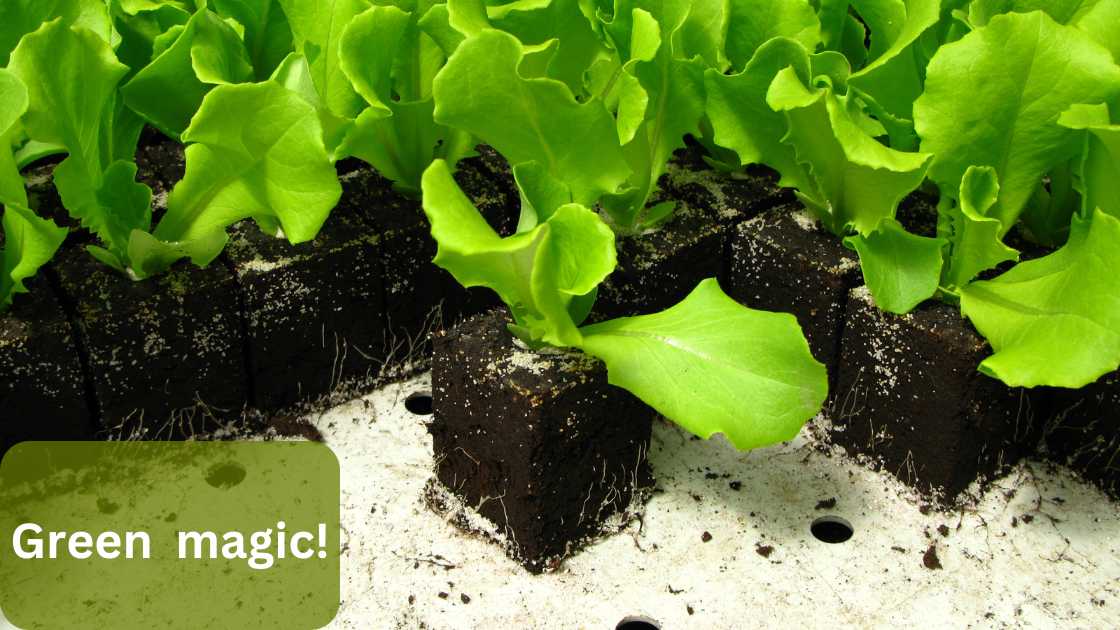
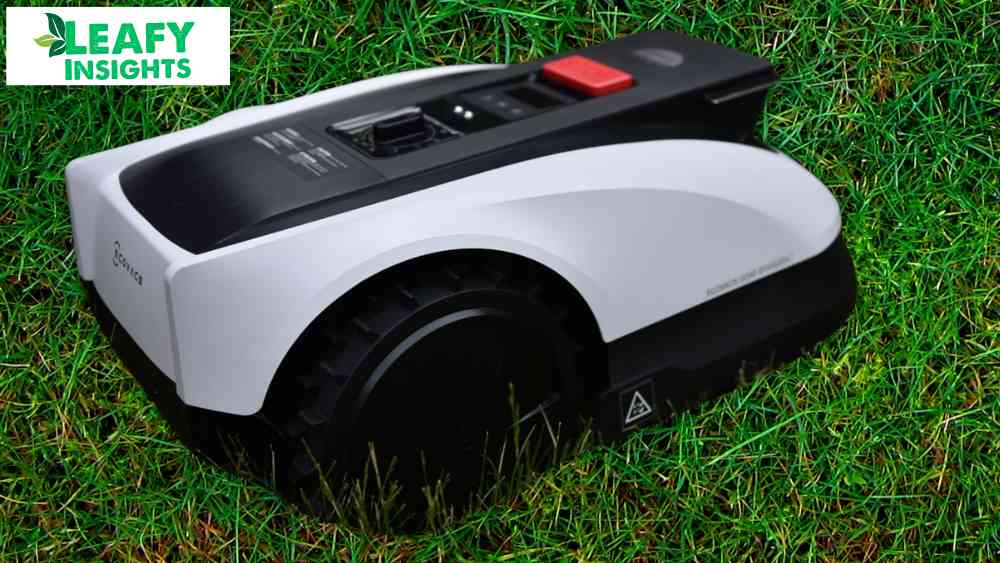

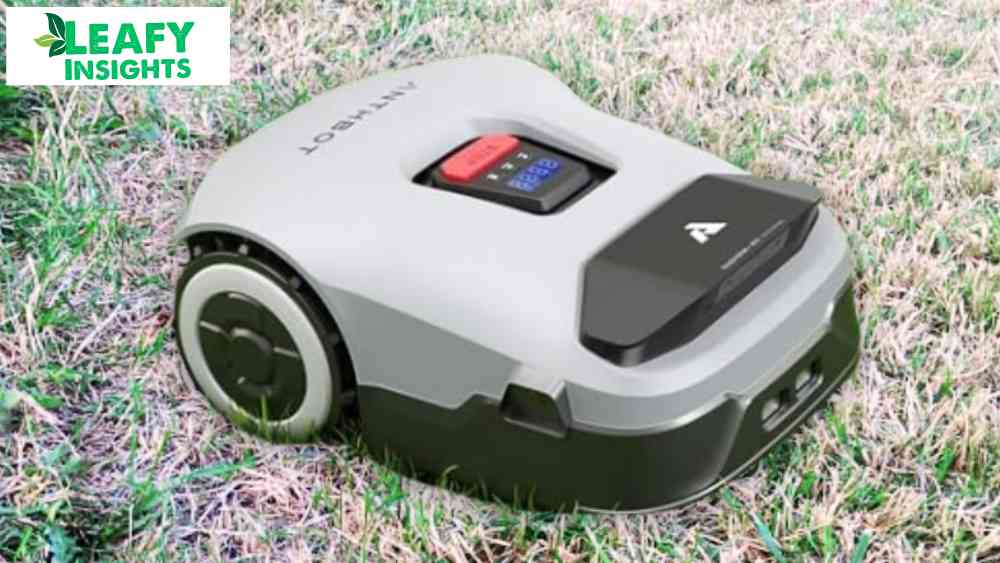
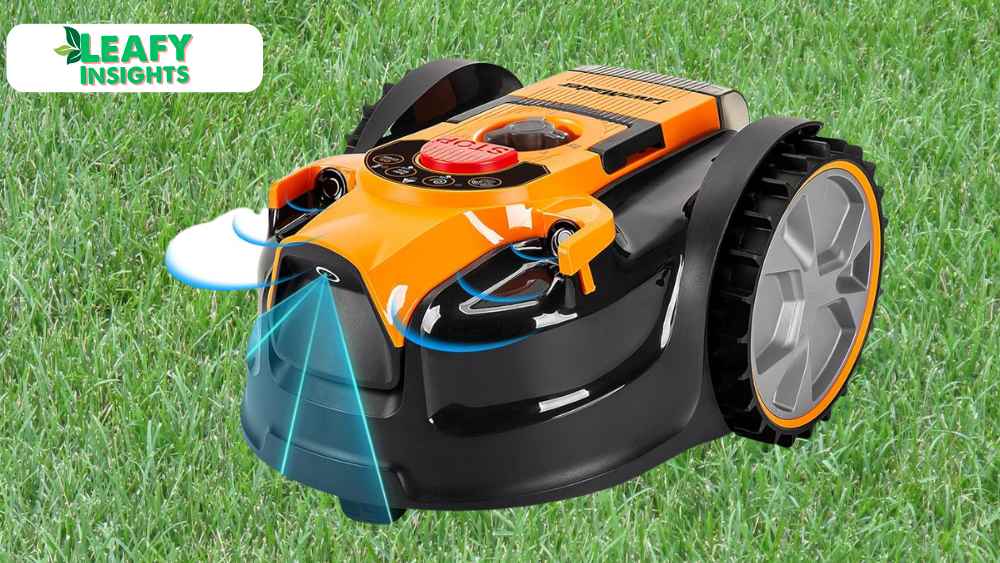
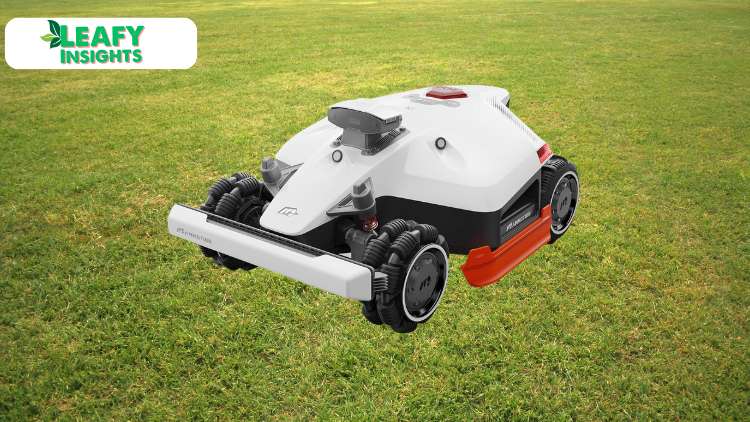

Leave a Reply